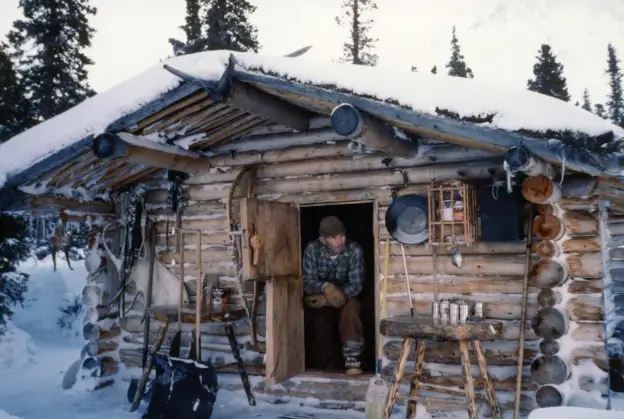Living off-grid in Alaska requires a unique combination of self-reliance, survival skills, and a deep understanding of the land. Despite the harsh climate and high cost of living, many Alaskans choose to live off-grid in the wilderness or in small communities. However, newcomers often struggle to adapt to the demanding conditions and end up giving up. With a low population density and small towns accessible only by planes, Alaska presents its own set of challenges for off-grid living. While it is generally legal in remote areas, regulations and restrictions can vary in incorporated cities. The extreme cold poses limitations on solar and wind power, but greenhouse farming can help extend the growing season. Despite the difficult circumstances, freshwater availability is not an issue in Alaska, thanks to ample rainfall and snowfall. However, the state also boasts diverse wildlife and is prone to natural disasters, making it a complex and unpredictable place to live.
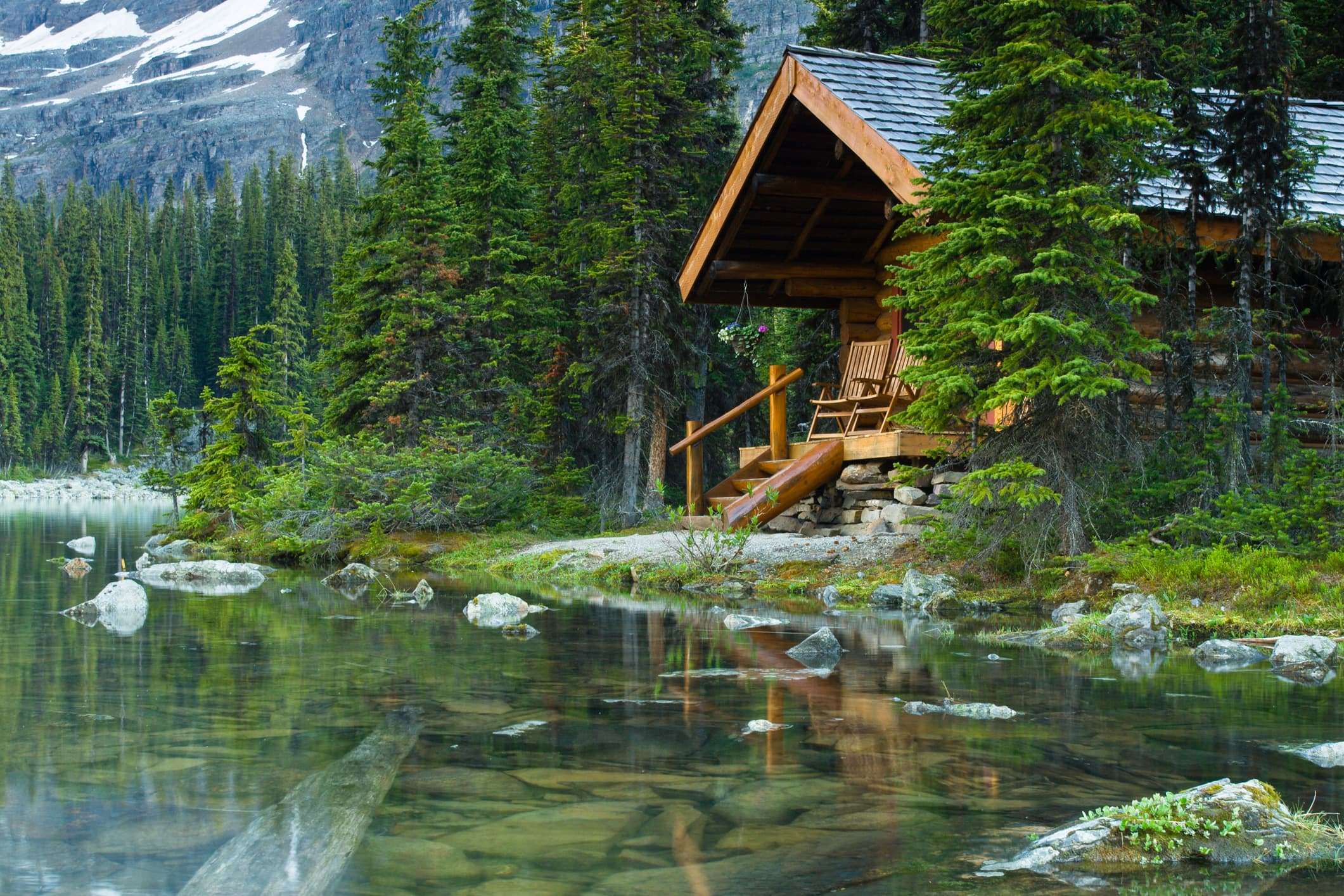
Living off-grid in Alaska
Living off-grid in Alaska is a unique and challenging lifestyle that many residents have chosen. With its vast wilderness and remote locations, it is no surprise that off-grid living is common in this state. Whether living in the wilderness or in small off-grid communities, Alaskans who choose this lifestyle must be self-reliant, possess survival skills, and have knowledge of living off the land.
One of the biggest challenges of off-grid living in Alaska is the harsh climate. Alaska is known for its extreme cold temperatures and unpredictable weather conditions. This can make everyday tasks more difficult and require extra preparation and resources. Additionally, the high cost of living in Alaska can make off-grid living financially burdensome for those without experience or a steady income.
For newcomers, off-grid living in Alaska can be especially tough. Many off-grid residents in Alaska were born and raised in the state and have adapted to the challenges over time. Newcomers may struggle to adjust and may find it challenging to meet their basic needs. As a result, some newcomers ultimately give up and leave the off-grid lifestyle.
Population density and accessibility
Alaska has a low population density, with vast areas of uninhabited land. This means there are fewer neighbors and less access to amenities and services. Small towns in Alaska are often only accessible by planes, which can make travel and obtaining supplies more difficult.
The isolation that comes with living off-grid in Alaska can be both a blessing and a challenge. While it allows for peace and privacy, it also means limited access to healthcare, emergency services, and other essential resources. Residents must plan accordingly and be prepared to be self-sufficient.
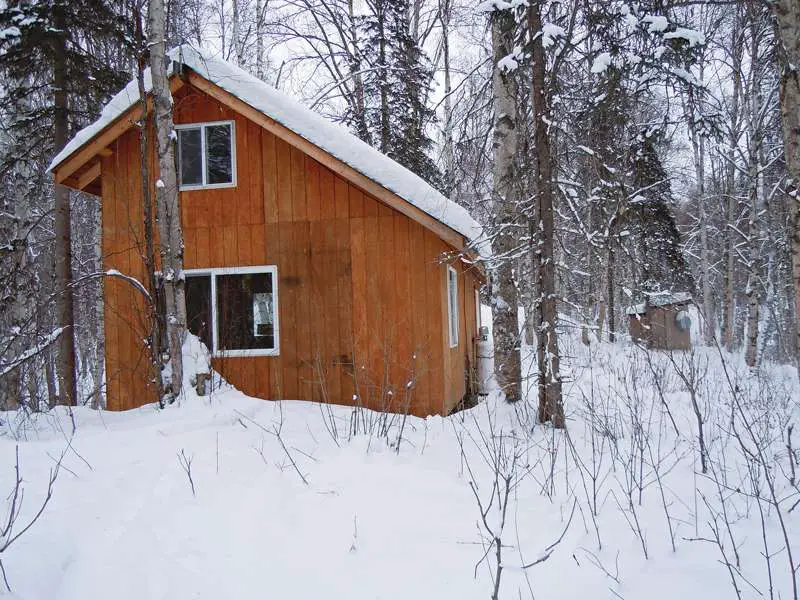
Legality of off-grid living in Alaska
In remote areas of Alaska, off-grid living is generally legal and accepted. However, regulations and restrictions can vary in incorporated cities. It is important for off-grid residents to be aware of the local laws and regulations in their specific area.
Permits and building codes may also apply to off-grid living in Alaska. Residents may need to obtain permits for building structures or installing alternative power sources. It is necessary to research and comply with these regulations to avoid legal issues.
Power sources for off-grid living in Alaska
Off-grid living in Alaska requires alternative power sources, as traditional electrical grids may not be accessible. Despite the extreme cold temperatures, solar power can still be used in Alaska. However, there are limitations to solar power efficiency in extreme cold conditions. Wind power is also a viable option in certain areas of the state.
To ensure a consistent power supply, off-grid residents in Alaska often utilize a combination of alternative energy sources. This may include using generators or diesel power as backup options. It is crucial to have a reliable power system in place to maintain essential functions and prevent disruptions.
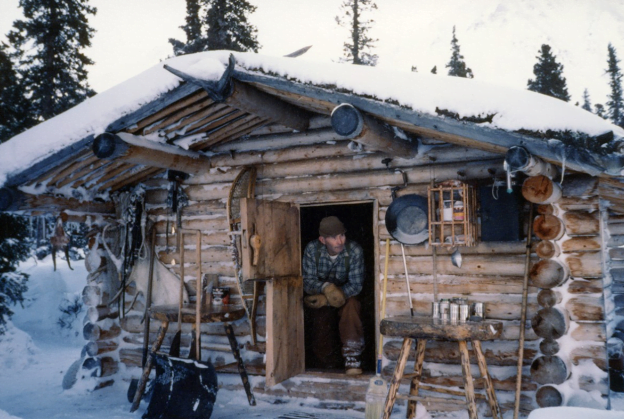
Climate variations in Alaska
Alaska experiences various climates, with the northern regions being significantly colder than the southern parts. The extreme cold temperatures in the north can present additional challenges for off-grid living. Residents must be prepared for harsh winters, including heavy snowfall and freezing temperatures.
Alaska also has distinct seasonal changes, with summers being relatively short and winters being long. Daylight hours can vary significantly, with areas in the far north experiencing extended daylight during summer months and limited daylight during winter months. These variations in climate require residents to adapt and plan accordingly.
Growing crops in Alaska
The challenging climate in Alaska makes growing crops difficult, but not impossible. Off-grid residents often turn to greenhouse farming to extend the growing season and protect plants from harsh conditions. Greenhouses provide a controlled environment that allows for more successful cultivation of crops.
Cold-tolerant crops are ideal for growing in Alaska, and residents often rely on root vegetables, such as potatoes and carrots. Limited options for crops mean that some items must be imported, increasing the cost of living for off-grid residents who rely on self-sufficiency.
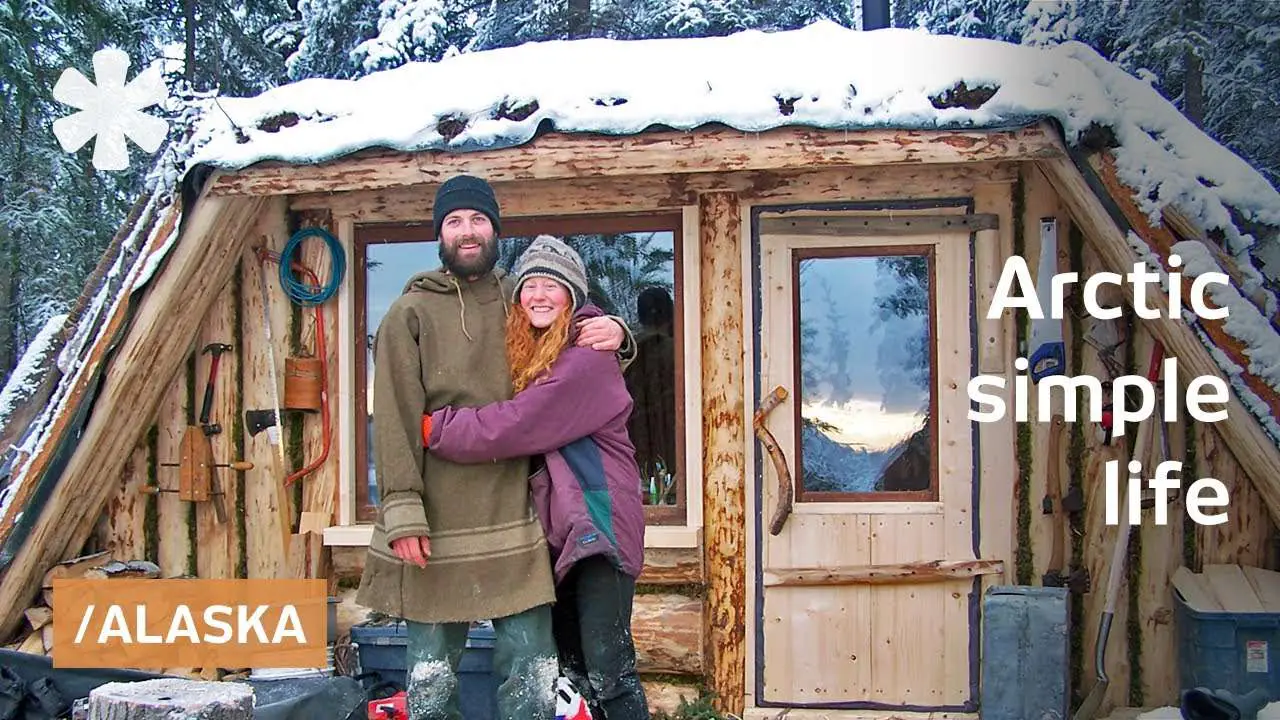
Freshwater availability in Alaska
Despite the challenges, freshwater availability is not an issue in Alaska. The state receives ample rainfall and snowfall, which replenishes water sources like rivers and lakes. Additionally, melting glaciers contribute to the water supply in certain areas.
Off-grid residents in Alaska must be mindful of water conservation and purification methods to ensure a clean and sufficient water supply. Collecting and storing rainwater, melting snow, and utilizing water filters are common practices for off-grid living.
Diverse wildlife in Alaska
Alaska is home to diverse wildlife, including large animals like bears, moose, and caribou, as well as a variety of fish species. This rich biodiversity is both a blessing and a potential risk for off-grid residents. While Alaskans enjoy the opportunity to observe and coexist with wildlife, they must also take precautions to ensure their safety.
Living in harmony with wildlife requires proper waste management and storage of food to prevent attracting animals. Additionally, off-grid residents must be knowledgeable about wildlife behavior and take necessary steps to prevent conflicts and potential dangers.
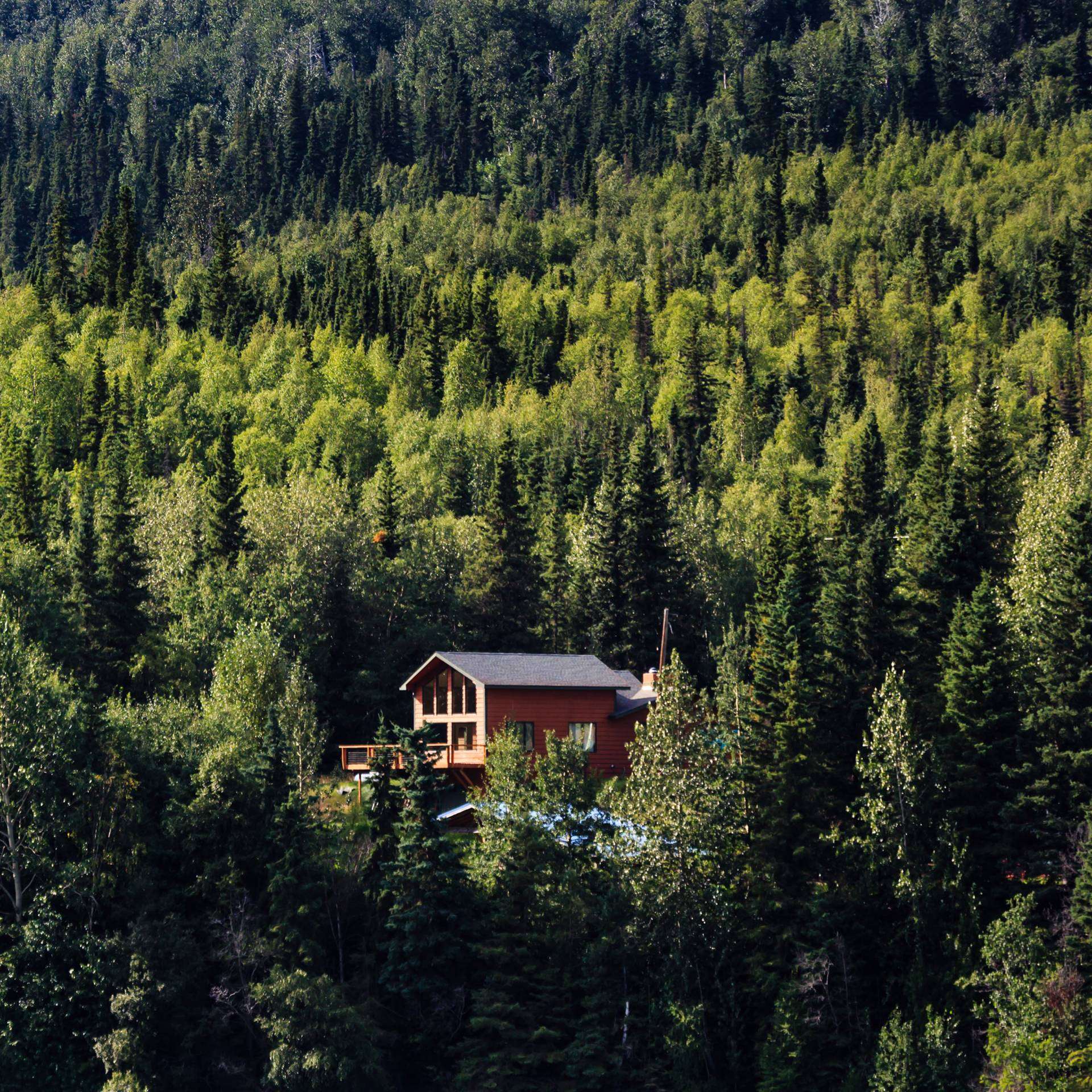
Cost of living in Alaska
The cost of living in Alaska is generally higher compared to other states in the U.S. This is due to various factors such as the logistics of transportation, high energy costs, and the cost of goods. Off-grid living comes with additional expenses, including the purchase of land and necessary equipment for self-sufficiency.
Housing and utilities are particularly expensive in Alaska, adding to the challenge for off-grid residents. The high cost of living requires careful budgeting and resource management to maintain a sustainable off-grid lifestyle.
Employment opportunities in Alaska
Finding employment in Alaska can be challenging, especially for off-grid residents who are located in remote areas. The primary industries that provide employment opportunities in the state are natural resources, such as oil, gas, and mining, as well as tourism.
However, the availability of jobs in these industries can fluctuate, and the high unemployment rate in Alaska can make it difficult for off-grid residents to secure a consistent income. It is important for off-grid residents to have alternative sources of income or be self-employed to sustain their lifestyle.
Crime rates and natural disasters in Alaska
Remote areas of Alaska can have higher crime rates compared to urban or suburban areas. The isolation, lack of law enforcement, and vulnerability of off-grid residents make them potential targets for criminal activity. It is important for residents to prioritize personal safety and take precautions to safeguard their property and themselves.
Alaska is also prone to natural disasters such as tsunamis, earthquakes, and severe storms. Off-grid residents must be prepared for these events and have emergency plans in place. It is crucial to have access to essential supplies, communication methods, and evacuation routes to ensure the safety and well-being of all residents.
In conclusion, off-grid living in Alaska is a unique and challenging lifestyle that requires self-reliance, survival skills, and knowledge of living off the land. Despite the harsh climate, high cost of living, and dangers associated with this lifestyle, many Alaskans have made it their way of life. By understanding and preparing for the challenges, off-grid residents in Alaska can create a sustainable and fulfilling existence in the Last Frontier.

